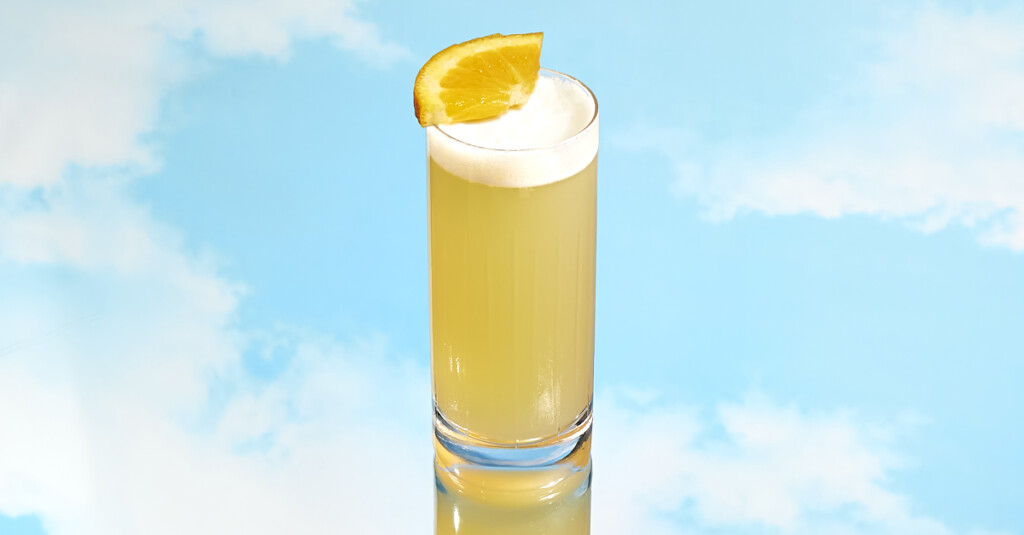The Story Behind The Morning Glory Fizz
From the early days of summer through early fall, morning glory flowers bloom daily in the wee hours of the morning well before most of us are up and about — especially those who may have imbibed the night before. And for those groggy folks, we have a remedy: the Morning Glory Fizz. An early example of a “hair of the dog” cocktail, this cocktail sees protein, vitamin C, and Scotch whisky sharing the same glass.
No one knows for sure who invented the Morning Glory Fizz, but it was first documented in Harry Johnson’s first edition of his “New and Improved Bartender’s Manual” in 1882. Of the drink he writes: “The above drink must be drank as soon as prepared, so as to not lose the effect of it. The author respectfully recommends the above drink as an excellent one for a morning beverage, which will give a good appetite and quiet the nerves.” Johnson’s recipe calls for a mix of lemon and lime juice as the drink’s sour component, but two years later, the cocktail appears again in George Winter’s “How to Mix Drinks,” featuring only lemon. After a few rounds of R&D, we found the Winter spec to be just a little bit better than Johnson’s — with all due respect to Harry.
The Morning Glory Fizz is also a bonafide member of the fizz family of cocktails, along with its siblings the Gin Fizz and the Ramos Gin Fizz. Technically speaking, within the fizz realm, this cocktail fits into the Silver Fizz subcategory due to its inclusion of an egg white. There are also Golden Fizzes (which incorporate just an egg yolk), Royal Fizzes (which use a whole egg), and Diamond Fizzes (which are topped with sparkling wine instead of soda).
When choosing a Scotch, we recommend steering clear of anything heavily peated so as not to dominate the other flavors in the cocktail, especially the herbaceous depth imparted by the dashes of absinthe. Any blended or single malt will do, as none of the 1880s recipes call for a specific type, although bartenders at that time were likely using blended. We also recommend not adding too much ice into the shaker, since the soda water provides ample dilution on its own. If possible, use one large cube to achieve maximum aeration.
When topping this drink off with soda, do so until its frothy head rises ever so slightly above the rim of the glass. And as standard procedure for egg white cocktails, a round of dry shaking is imperative before adding any ice to the tin. If you’re vegan, or just not a fan of egg whites in cocktails, sub the egg with ¾ ounce of aquafaba.



